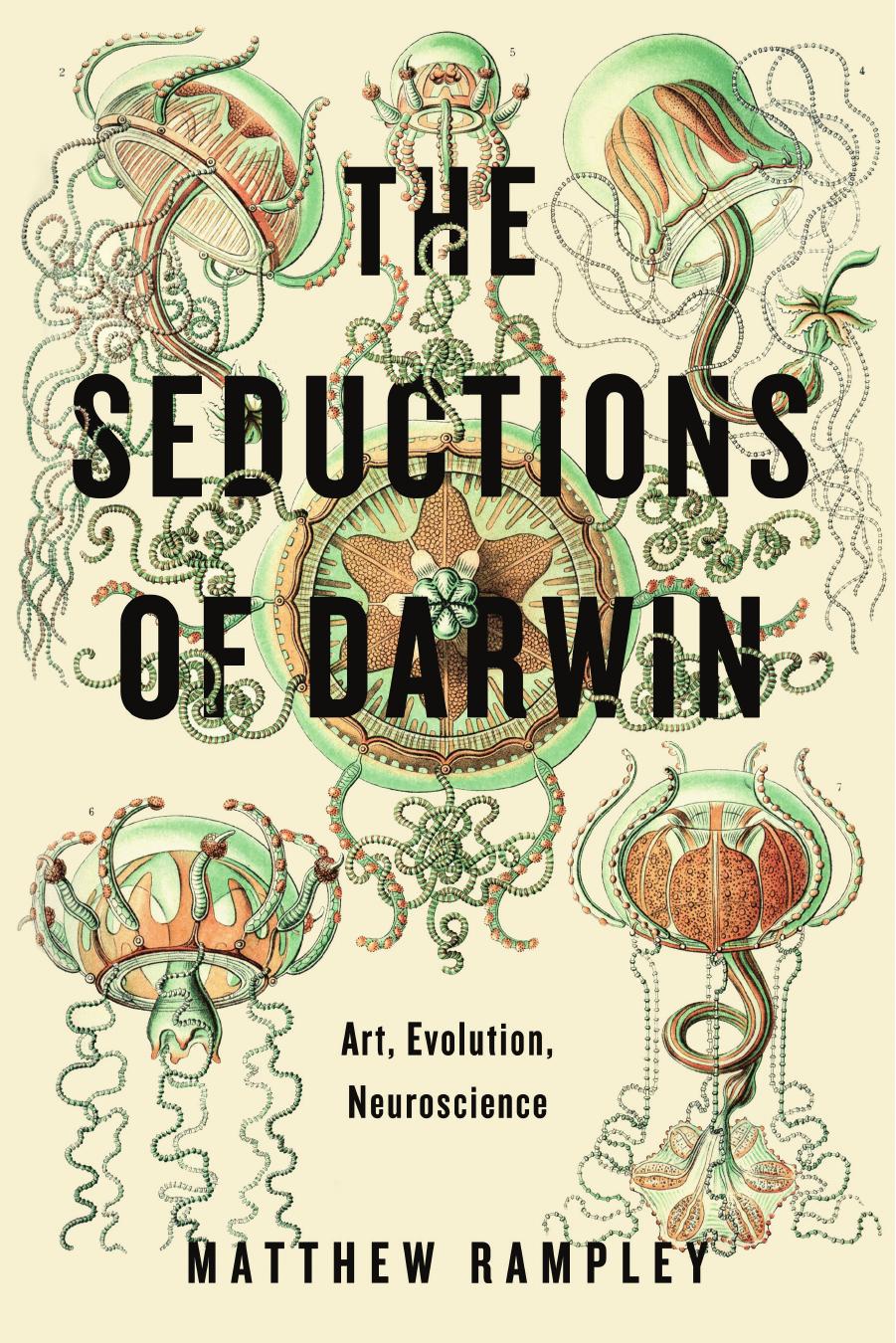The Seductions of Darwin: Art, Evolution, Neuroscience by Matthew Rampley

Author:Matthew Rampley [Rampley, Matthew]
Language: eng
Format: epub, pdf
ISBN: 9780271077420
Google: GwgovgAACAAJ
Amazon: 0271077425
Publisher: Penn State University Press
Published: 2017-01-12T00:00:00+00:00
Theoretical Questions
The discussion so far has focused on the issue of domains of knowledge and the status of neuroscience for art history. My basic contention is that at best it merely adds an additional discursive layer; familiar aesthetic concepts are redescribed using the vocabulary of neurology. A test of its capacity to do more than this would lie in its ability to compel a rethinking or reformulation of existing art-historical interpretations. There are, however, theoretical objections to the use of neuroscience, and it is to these that the discussion now turns.
Underlying the use of neuroscience is a crude materialist theory of mind, which has been critiqued in the name both of dualist theories of mind and also of more complex nonreductive materialist theories. This is not the place for an extensive discussion of the intricate arguments regarding the problem of brain/mind identity or for a full assessment of the criticisms of the biologistic assumptions of neurophilosophy. Some salient points do merit comment, however, starting with the observations of Raymond Tallis, who focuses on the claim that because there is a correlation between certain conscious experiences when viewing a Malevich painting, for example, and specific brain events detectible by an fMRI scanning device, the two must be identical. This is a common assumption that Stafford, Zeki, Onians, and others repeat, but it raises more questions than it answers. Given that neural activity consists of a complex electrochemical process, the linking of certain subjective experiences to brain activity is beset with ambiguity. Tallis asks, “Is ‘neural activity’ something that is delivered to a certain place in the brain? Or is it the sum total of what is happening in several places of the brain? If so, where is the summing and totalling taking place? Does consciousness reside in the travelling of nerve impulses along neurons or its arrival at a synapse?” The definition of “neural activity” is also open to multiple interpretations. A nerve impulse, Tallis points out, can be conceived of as “an influx of sodium ions . . . followed by an efflux of positive ions,” or as “a change of the potential difference between the inside and outside of the membrane [in the neuron] at a particular place,” or as a “wave moving along the neuron,” or as a “wave arriving rather than travelling.”90 Each of these definitions is important for how one might understand the meaning of neuroaesthetics and neuroarthistory, but they have not been explored.
The attempt to link neural activity and subjective conscious activity suffers from other fundamental difficulties, too. Even if the meaning of “neural activity” were settled, what does it mean to state that there is a correlation between neural activity and certain subjective experiences? How can one be sure that the subjective experiences are the same in all subjects, even if recurrent patterns of neural activity can be detected? The only external evidence for the nature of the subjective experience is the subject’s description, but of course how the subject describes that experience will
Download
The Seductions of Darwin: Art, Evolution, Neuroscience by Matthew Rampley.pdf
This site does not store any files on its server. We only index and link to content provided by other sites. Please contact the content providers to delete copyright contents if any and email us, we'll remove relevant links or contents immediately.
| Archaeology | Essays |
| Historical Geography | Historical Maps |
| Historiography | Reference |
| Study & Teaching |
Underground: A Human History of the Worlds Beneath Our Feet by Will Hunt(11997)
Sapiens by Yuval Noah Harari(5281)
Navigation and Map Reading by K Andrew(5046)
The Sympathizer by Viet Thanh Nguyen(4287)
Barron's AP Biology by Goldberg M.S. Deborah T(4081)
5 Steps to a 5 AP U.S. History, 2010-2011 Edition (5 Steps to a 5 on the Advanced Placement Examinations Series) by Armstrong Stephen(3675)
Three Women by Lisa Taddeo(3344)
Water by Ian Miller(3112)
The Comedians: Drunks, Thieves, Scoundrels, and the History of American Comedy by Nesteroff Kliph(3029)
Drugs Unlimited by Mike Power(2530)
A Short History of Drunkenness by Forsyth Mark(2217)
The House of Government by Slezkine Yuri(2149)
DarkMarket by Misha Glenny(2139)
And the Band Played On by Randy Shilts(2115)
The Library Book by Susan Orlean(2030)
Revived (Cat Patrick) by Cat Patrick(1951)
The Woman Who Smashed Codes by Jason Fagone(1920)
Birth by Tina Cassidy(1855)
The Absolutely True Diary of a Part-Time Indian by Sherman Alexie(1837)
